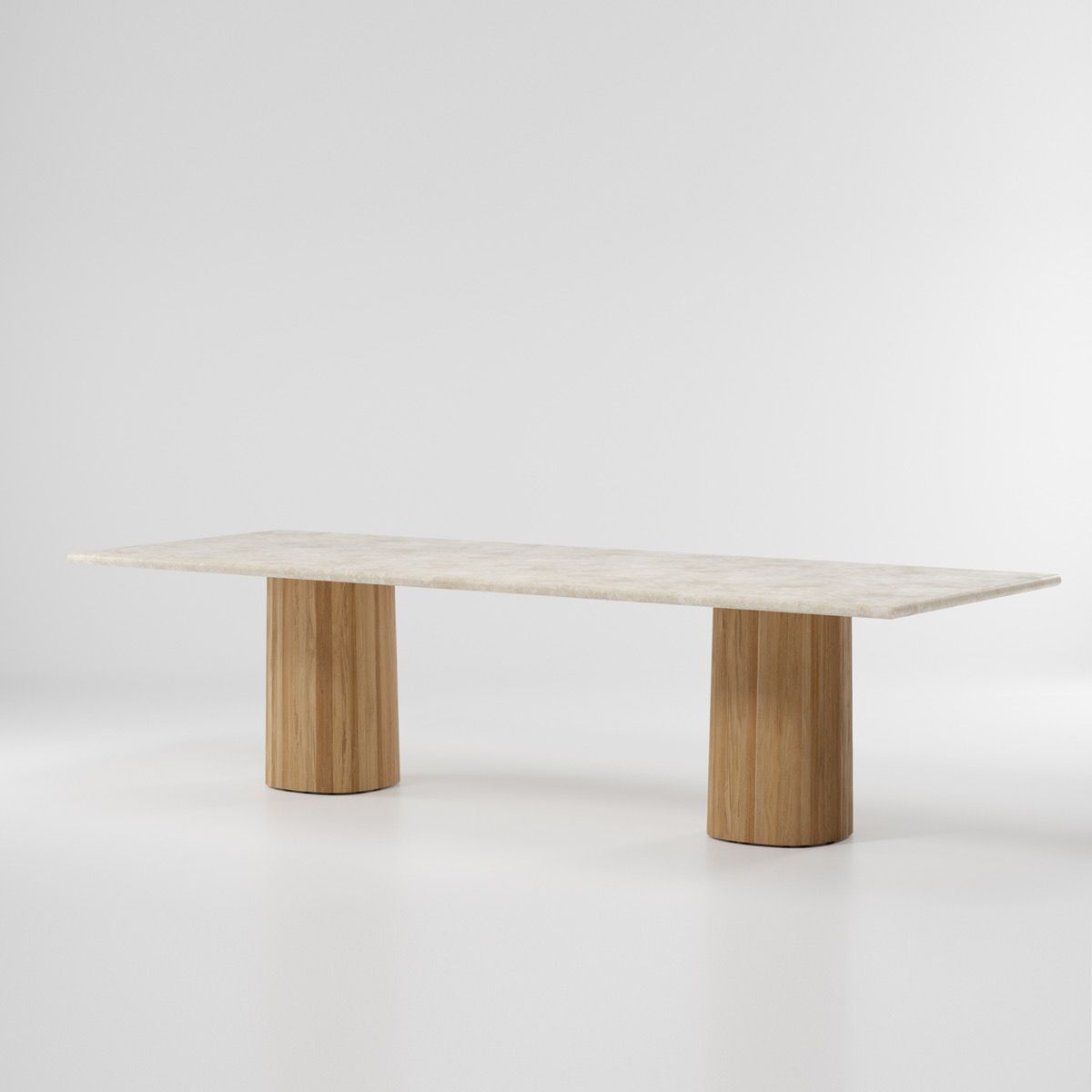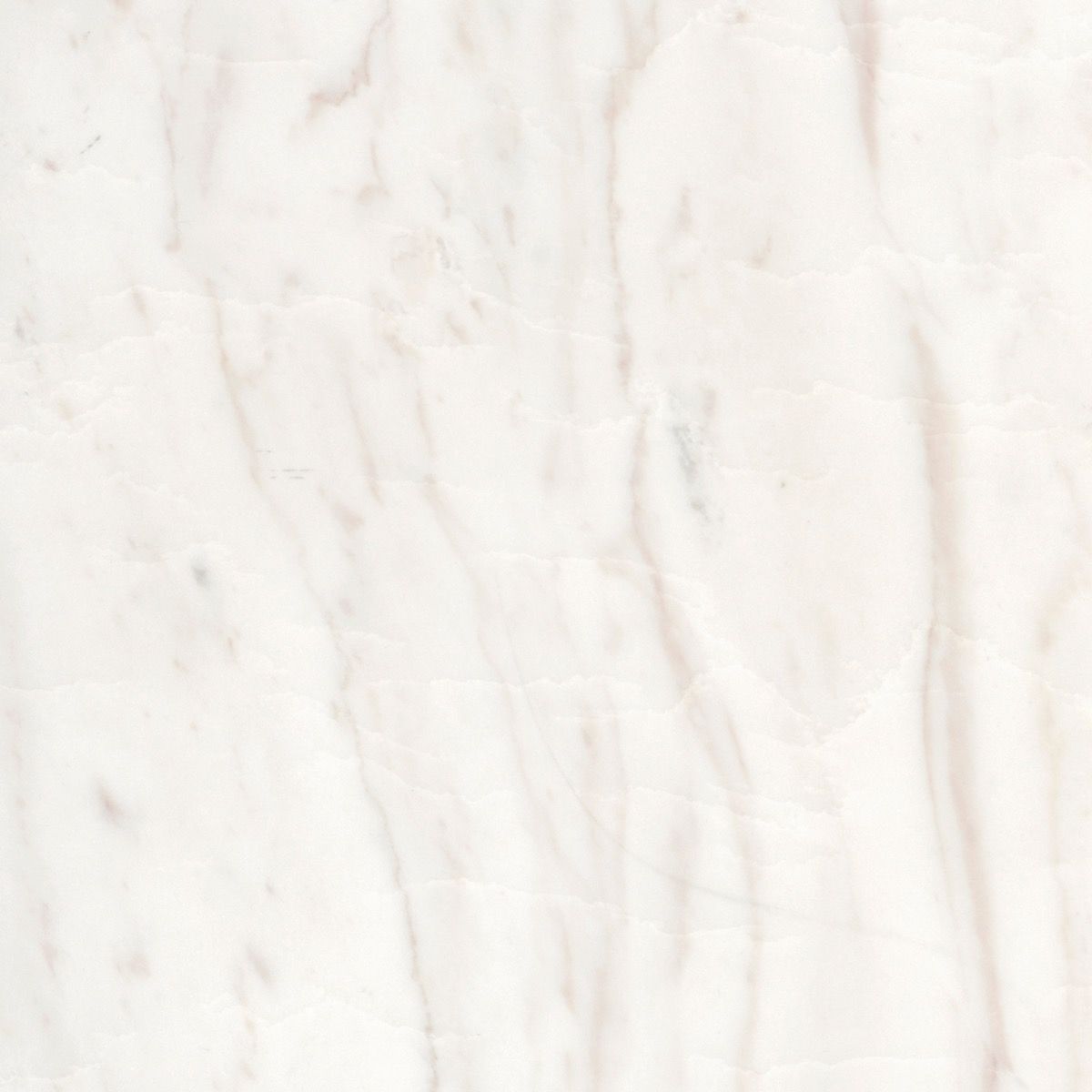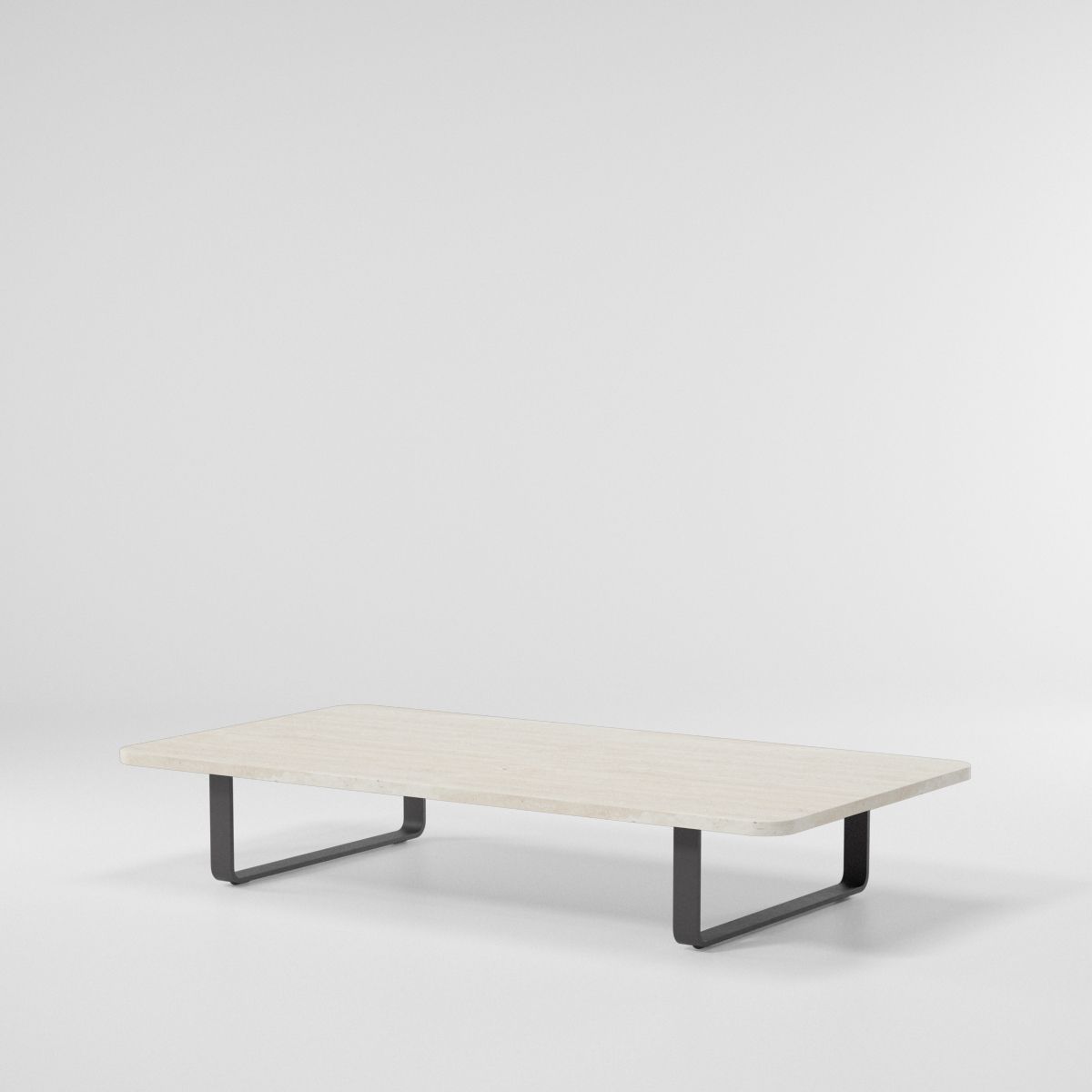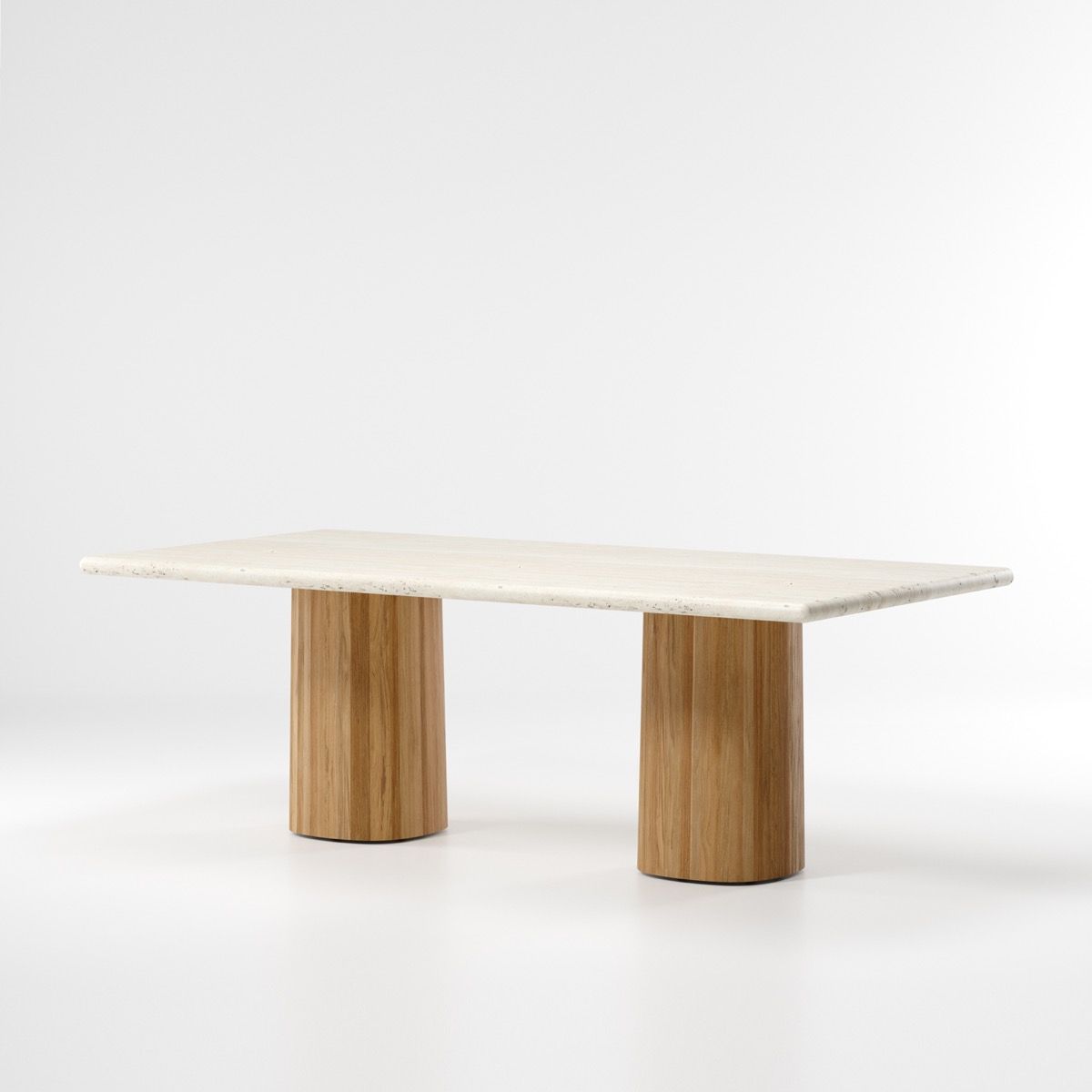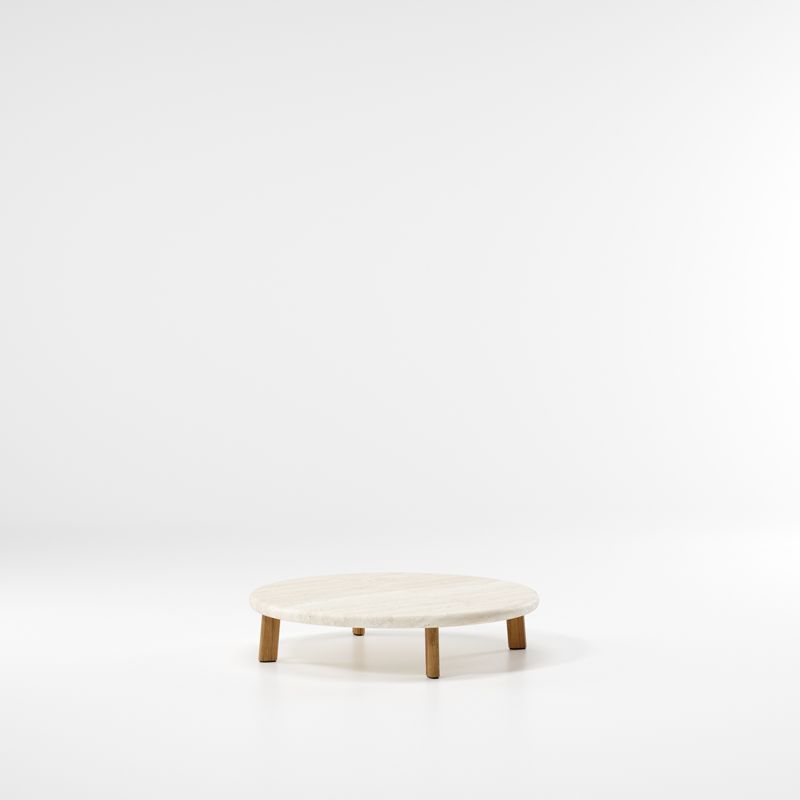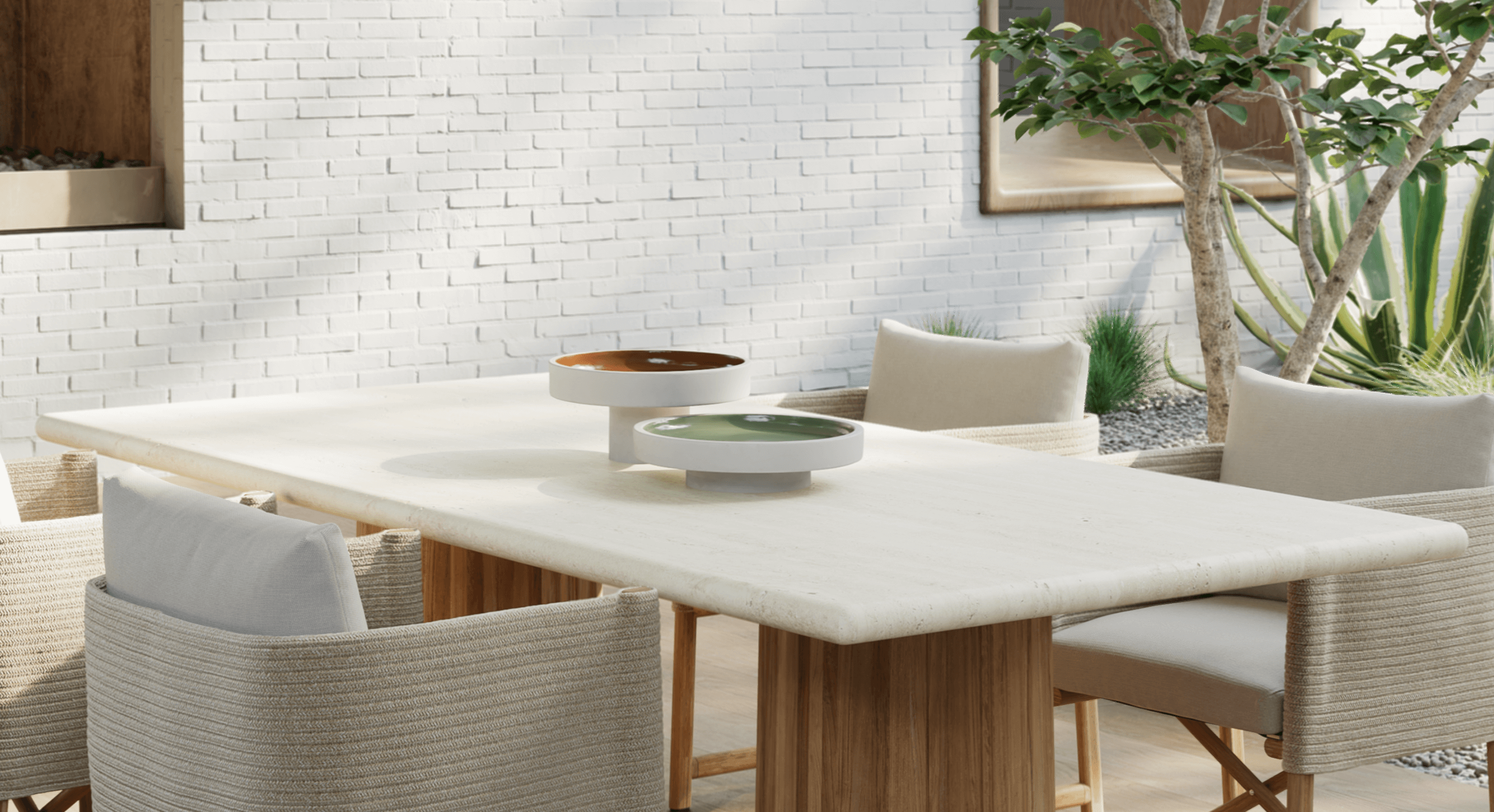
Travertine, featured in the Giro Collection by Vincent van Duysen, and some other tables is a testament to refined elegance and enduring sophistication. Meticulously selected for its distinctive character and natural beauty, travertine is a sedimentary rock renowned for its unique veining patterns, warm earthy tones, and inherent durability.
Density ≤ 0.5 % • ISO 10545-3
Flexural Strength ± 5.0% max (± 0.5 mm max) • UNI EN 14411-G
Compressive Strength ± 0,5% max (± 2 mm max) • ISO 10545-2
Hardness (mohs) ± 0,5% max (± 2 mm max) • ISO 10545-2
Unit Volume Weight ISO 10545-4
Water Absorption at Boiling Water by weight (%): 2,6 / by volume (%): 9,5
Compressive Strength (kg·f/cm3) 500
Compressive Strength After Freezing (kg·f/cm3) 520
Modules of elasticity (kg·f/cm3) 18,46 x 104
Ratio of fullness (%) 88,3
Degree of pores (%) 11,7
Average Abrasion Strength (cm3/50cm3) 54,59
Average Tensile Strength (kg·f/cm2) 386,26
Modules of Elasticity (kg·f/cm2) 5,38 x 104
Chemican Analysis (%) SiO2 – 0,26 / Fe2O3 – 0,32 / CaO – 54,55 / MgO – 0,31

Performance
Density ≤ 0.5 % • ISO 10545-3
Flexural Strength ± 5.0% max (± 0.5 mm max) • UNI EN 14411-G
Compressive Strength ± 0,5% max (± 2 mm max) • ISO 10545-2
Hardness (mohs) ± 0,5% max (± 2 mm max) • ISO 10545-2
Unit Volume Weight ISO 10545-4
Water Absorption at Boiling Water by weight (%): 2,6 / by volume (%): 9,5
Compressive Strength (kg·f/cm3) 500
Compressive Strength After Freezing (kg·f/cm3) 520
Modules of elasticity (kg·f/cm3) 18,46 x 104
Ratio of fullness (%) 88,3
Degree of pores (%) 11,7
Average Abrasion Strength (cm3/50cm3) 54,59
Average Tensile Strength (kg·f/cm2) 386,26
Modules of Elasticity (kg·f/cm2) 5,38 x 104
Chemican Analysis (%) SiO2 – 0,26 / Fe2O3 – 0,32 / CaO – 54,55 / MgO – 0,31
Care
1. Acidic liquids, hot pans, and wet glasses can damage your travertine countertops. Thebest way to combat damage is to prevent it. Use hot pads, placemats and coasters on your countertops.
2. Clean up spills immediately. Travertine is a porous stone that absorbs liquids. When
accidents happen, blot up the spill right away. Wiping up the spill will only cause the tiem to spread, increasing the area susceptible to a permanent stain. Once a year, sela your countertops. This layer of protection will prevent stains from setting.
3. Clean regularly with gentle products. Sanitize and wipe down your travertine countertops on a regular basis with water, gentle cleaners, and a microfiber rag.
· Spray the surface with a gentle cleaner that is safe on natural stone. Don’t use
chemicals that are not designed to clean stone, they can damage the sealant and
even leave permanent stains.
· Wipe up the cleaner with a fresh microfiber rag.
· Polish the surface with a new microfiber cloth.

